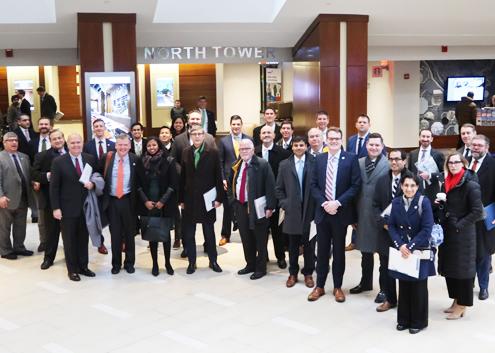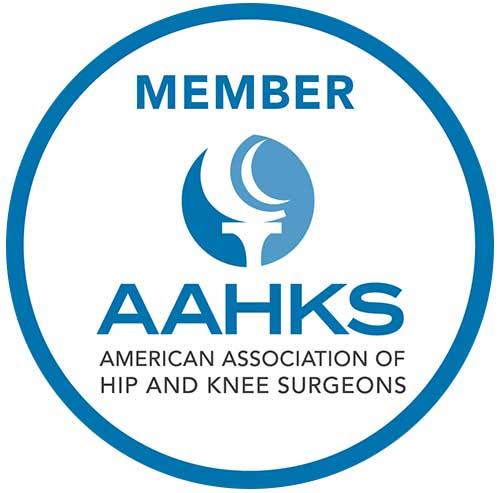
AAHKS, AAOS Finally Agree: Invasive Dentistry Doesn’t Cause Prosthetic Joint Infections (PJIs) – DrBicuspid.com
Joint replacement patients, dentists, and orthopedic surgeons have long worried about the possibility that invasive dental procedures could cause prosthetic joint infections (PJIs). In a landmark agreement, the American Association of Hip and Knee Surgeons (AAHKS) and the American Academy of Orthopaedic Surgeons (AAOS) now concur: invasive dentistry does not cause PJIs.
Introduction: Understanding the Controversy
For decades, the risk of prosthetic joint infections following invasive dental treatments like tooth extractions, root canals, or periodontal surgery has been debated in the medical and dental communities. Historically, orthopedic and dental guidelines recommended antibiotic prophylaxis before dental procedures to prevent bacteria from entering the bloodstream and infecting artificial joints.
However, evidence has been inconsistent, and the fear of unnecessary antibiotic use and growing resistance urged a fresh look. Recently, major organizations—AAHKS and AAOS—have reviewed the latest clinical data and reached a consensus resolving this debate once and for all.
What Are Prosthetic Joint Infections (PJIs)?
Prosthetic joint infections occur when bacteria or other pathogens infect the area around an artificial joint implant, such as hips or knees, causing inflammation, pain, and often requiring additional surgery. PJIs are serious complications that can compromise joint function and patient quality of life.
| Key Facts About PJIs | Description |
|---|---|
| Incidence Rate | Approximately 1-2% of joint replacement surgeries develop PJIs |
| Common Causes | Skin flora contamination during surgery or later bloodstream infection |
| Symptoms | Joint pain, swelling, redness, fever |
| Treatment | Antibiotics, possible joint revision surgery |
Why Has Invasive Dentistry Been Implicated?
Because invasive dental procedures can introduce bacteria into the bloodstream (a process called bacteremia), it was hypothesized that bacteria could travel and infect the prosthetic joint site. This hypothesis led to guidelines recommending pre-procedure antibiotics for joint replacement patients undergoing invasive dental work.
However, the practice was largely based on expert opinion rather than solid scientific evidence, leading to confusion and inconsistent protocols.
The Joint Statement: What Do AAHKS and AAOS Now Say?
After a thorough review of recent studies, including large cohort analyses and meta-analyses, AAHKS and AAOS officially stated that invasive dental procedures do not increase the risk of PJIs. Key points from their agreement include:
- No need for routine antibiotic prophylaxis before dental procedures for most joint replacement patients.
- Invasive dentistry is safe when proper oral hygiene measures are maintained.
- Focus on managing other risk factors like controlling diabetes, obesity, and infections elsewhere in the body.
Exact Recommendations for Patients and Providers
- Patients with joint replacements should maintain regular dental care to prevent periodontal disease.
- Antibiotic prophylaxis should be reserved for patients with specific medical conditions (e.g., immunocompromised states), but not solely based on joint replacement status.
- Orthopedic surgeons and dentists should collaborate closely to establish individualized patient care plans.
Benefits of This New Consensus
This joint announcement has significant positive implications for patients, providers, and healthcare systems:
- Reduces unnecessary antibiotic use, helping combat antibiotic resistance.
- Decreases patient anxiety around dental procedures post-joint replacement.
- Improves dental care access and compliance, since fear of PJIs will no longer prevent needed treatments.
Practical Tips For Joint Replacement Patients
While invasive dental work is not linked to PJIs, good practices remain essential:
- Inform your dentist about your joint replacement surgery.
- Maintain excellent daily oral hygiene to prevent infections.
- Attend regular dental check-ups for early detection of dental issues.
- Consult with your orthopedic surgeon and dentist before any major dental surgery, especially if you have other health concerns.
Case Study: Real-World Impact of the AAHKS and AAOS Agreement
At the City Orthopedic Center, Dr. Sarah Mitchell, an orthopedic surgeon, saw firsthand the positive change from this consensus. Previously, many patients hesitated to visit their dentists resulting in untreated oral infections.
“Since the guideline update, I’ve seen a dramatic increase in patients receiving timely dental care without concerns of risking their joint implants. It has truly improved their overall health and quality of life,” shared Dr. Mitchell.
Common Misconceptions Debunked
| Myth | Fact |
|---|---|
| All joint replacement patients should take antibiotics before any dental work. | Only select patients with additional risk factors need prophylaxis, not all joint replacements. |
| Dental infections frequently cause prosthetic joint infections. | Scientific evidence shows no direct link between dental procedures and PJIs. |
| Avoiding dental care protects your joint. | Ignoring dental health may increase infection risk overall, so regular dental care is encouraged. |
Conclusion: A New Era for Joint Replacement and Dental Care
The agreement between AAHKS and AAOS, widely covered by authoritative sources like DrBicuspid.com, marks a turning point in patient care. This consensus endorses evidence-based practice and clears confusion around the role of invasive dentistry in prosthetic joint infections.
Joint replacement patients can now confidently pursue dental procedures without unnecessary fear, knowing that optimal oral health supports their overall well-being. Meanwhile, healthcare providers are encouraged to focus on holistic risk management strategies rather than blanket antibiotic use.
Ultimately, this joint decision fosters safer, smarter care—benefiting patients, clinicians, and the greater medical community.


